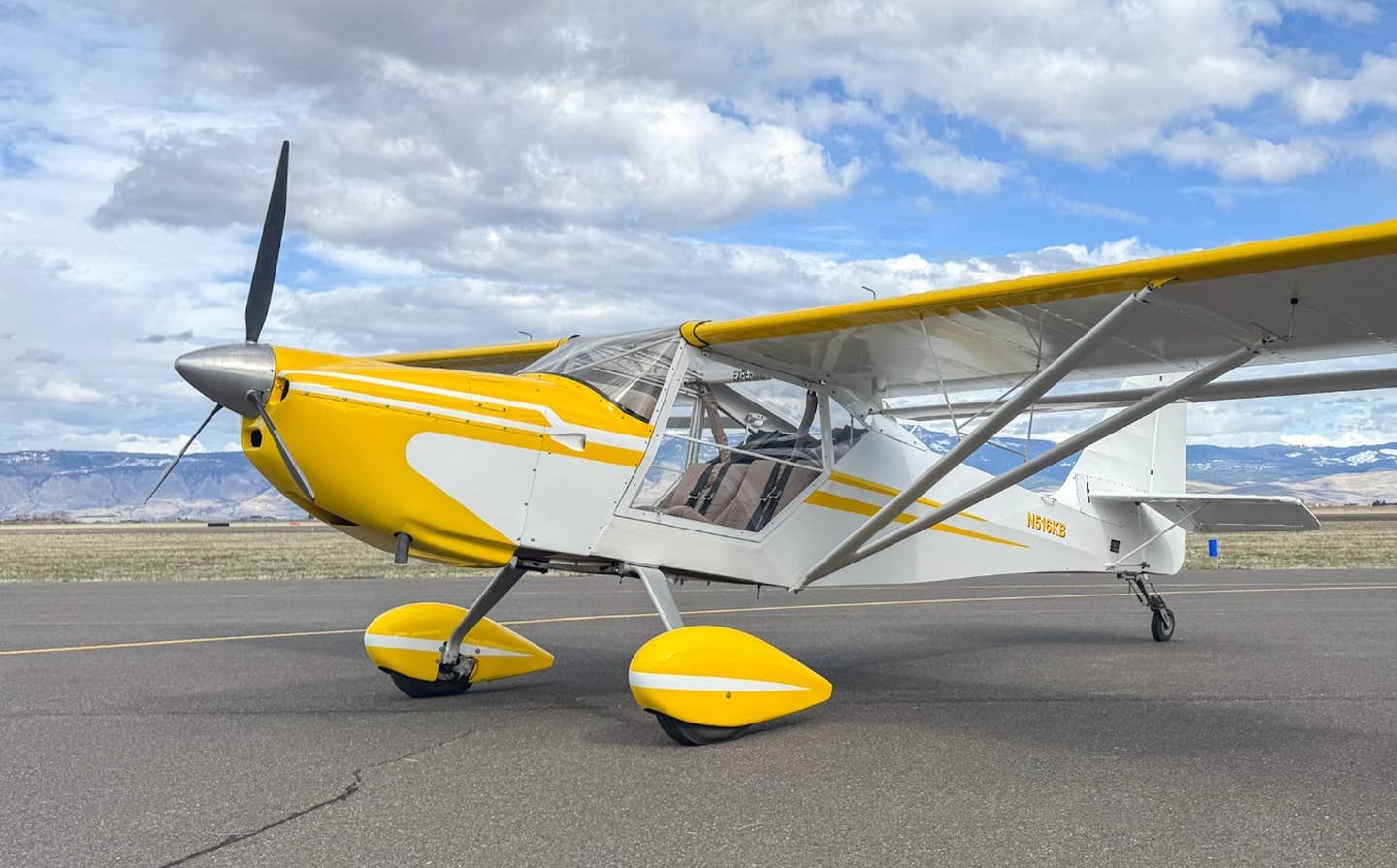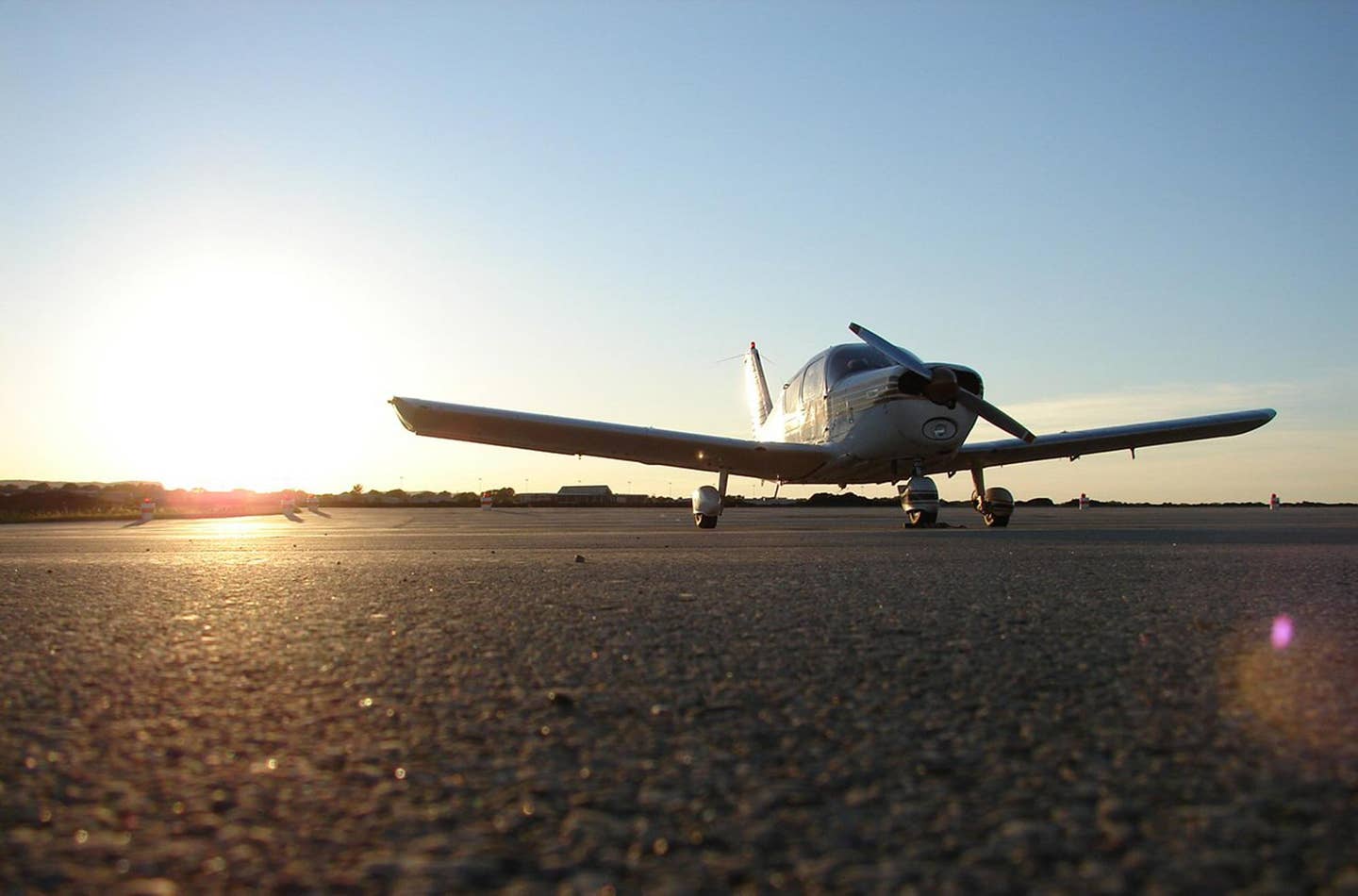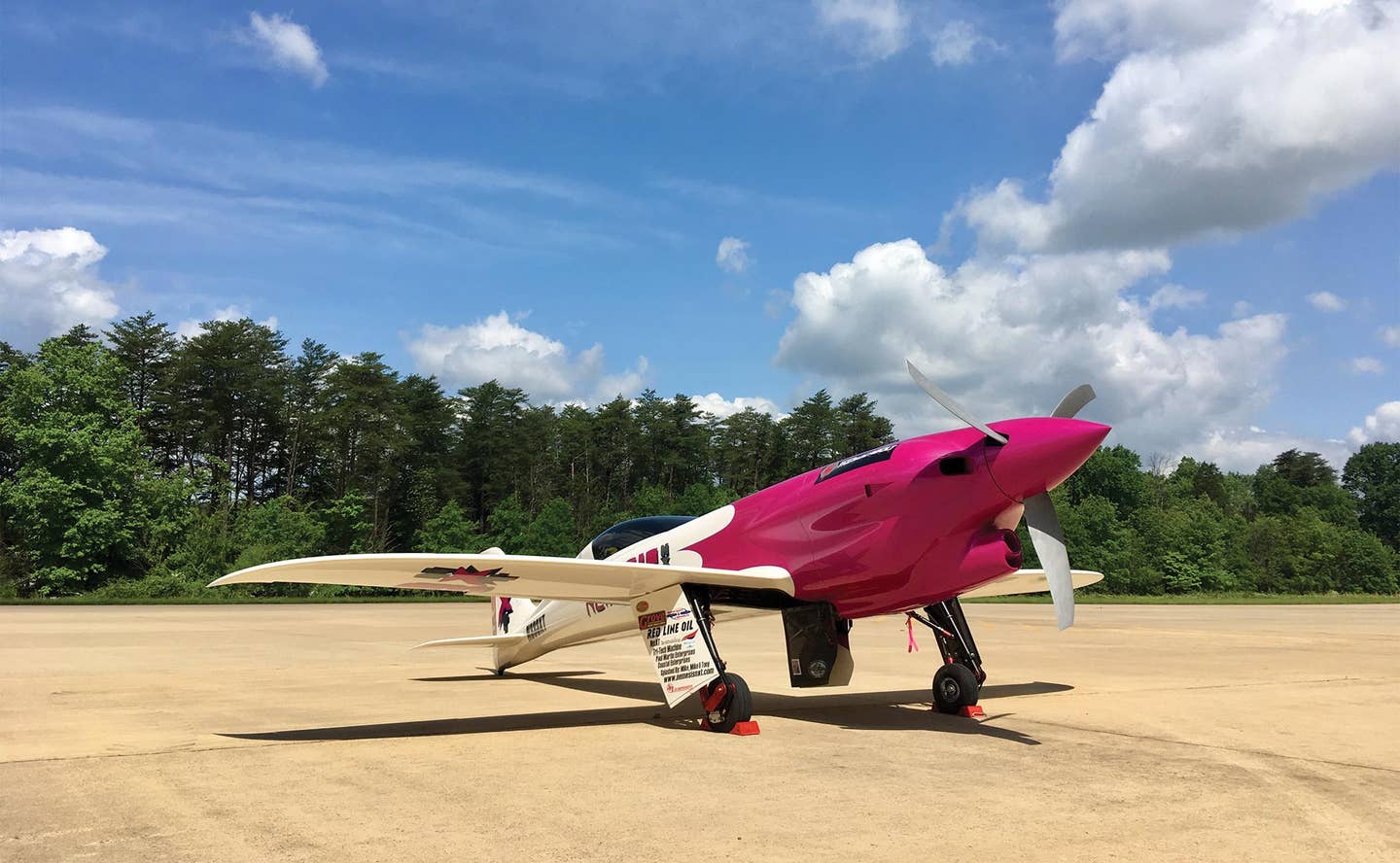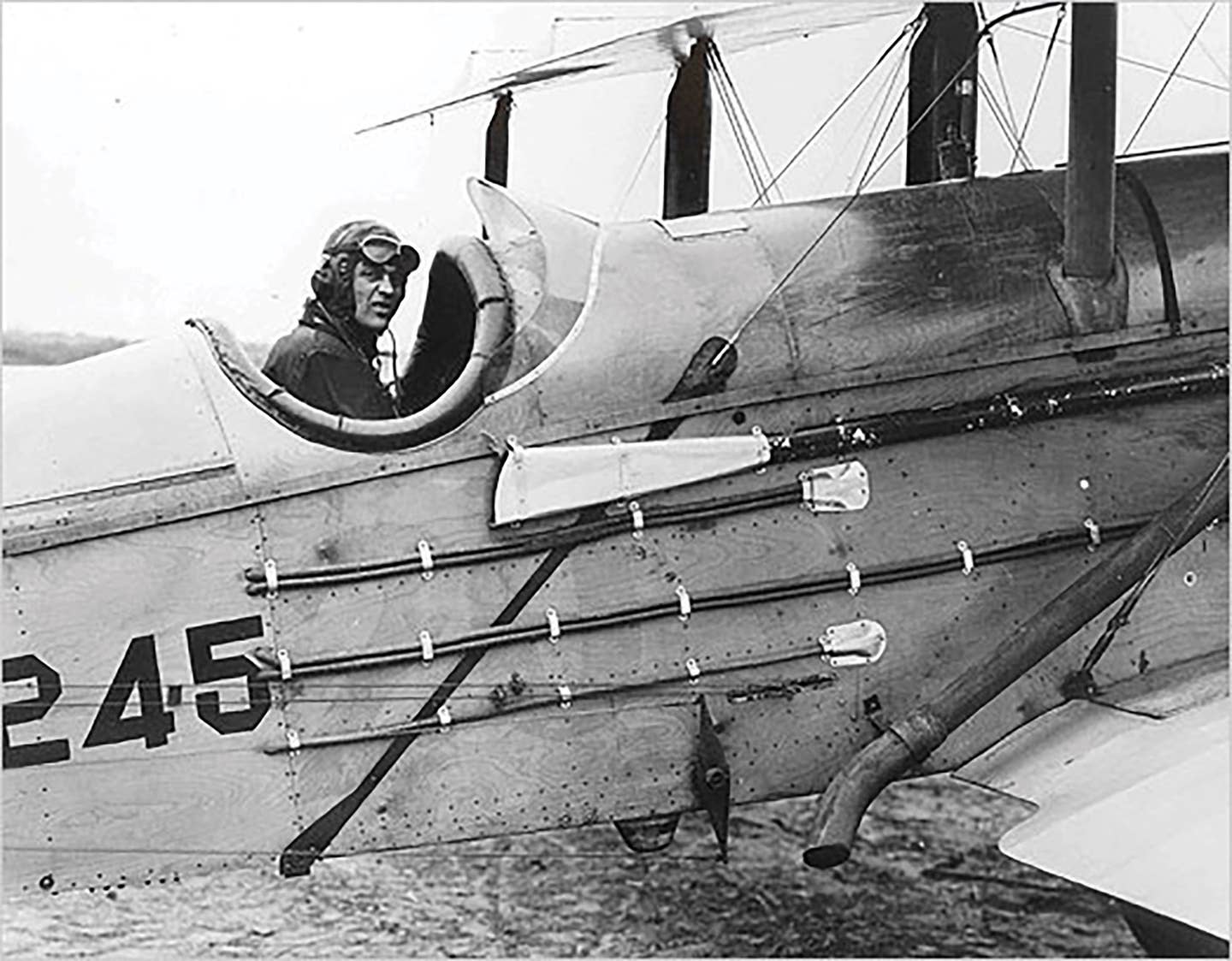Piaggio P.180 Avanti
The ’70s brought us the popular notion that for the past 70-ish years, airplane designers had been building it all wrong, and the twin pusher turboprop Piaggio Avanti, a plane…
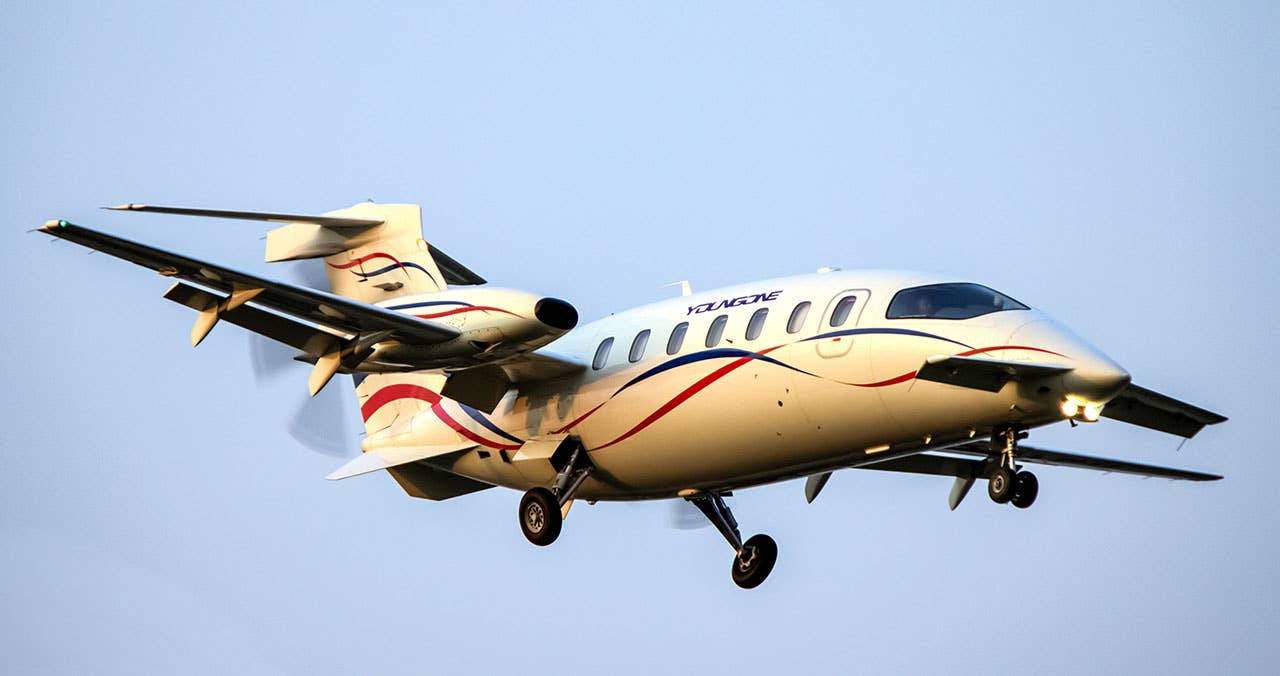
On approach to land, the Piaggio Avanti has no shortage of appendages hanging out. The speedy and efficient business turboprop combines the best of the turbofan and turboprop. Photo By Md Shaifuzzaman Ayon, CC BY-SA 4.0, Via Wikimedia Commons.
The '70s brought us the popular notion that for the past 70-ish years, airplane designers had been building it all wrong, and the twin pusher turboprop Piaggio Avanti, a plane that's at once beautiful and startlingly awkward, depending on what angle you see it from, was one of the fruits of that belief. The idea wasn't all because of Burt Rutan, just mostly. Rutan, of course, created the Long EZ and VariEze, two extremely popular canard-configured homebuilt aircraft. A canard is a small wing in front, which acts as a stabilizing airfoil, usually with an elevator incorporated. Canards tend to be efficient and fast at cruise, even on limited power, though most require a good deal of runway to work with, much more than conventionally configured aircraft.
The Avanti, first proposed in the late '70s and certified in 1990, was a direct outgrowth of the canard craze of the day. Upon first glance, many pilots assume it's of composite construction, but it's mostly made of metal, like more conventional planes. While controversy rages about whether the forward wing of the Avanti is a canard or just a second wing, we'll call it a canard here. Regardless, the Avanti is inarguably as different a business aircraft as imaginable, along the lines of the all-composite Beechcraft Starship (which was designed by Rutan). The Starship, in our estimation, at least, is the more attractive of the two, but the Avanti is faster. With a max speed of 400 knots and a cruise speed of around 320 knots, it's not as fleet as some small business jets, but it's close.
With a seating capacity of up to nine, a max range of better than 1,500 nm and fuel efficiency that light jets can't touch, the Avanti was an attractive option. And from some angles, it's an attractive airplane (though no one likes the crazy whining noise it makes as it approaches to land). In flight, it's a work of art, but in the pattern and on the ground, not so much. Especially on approach, with its gear hanging out and the nose pointing down, the Avanti looks like there's simply too much going on. Its owners, however, would argue that it's just the right amount.
The Avanti has been in more or less continuous production since the early '90s and has undergone numerous design improvements along the way. The latest model, the EVO, features several performance and quality-of-life improvements, with more promised to come. And while its futuristic looks won't appeal to everyone, with more than 250 Avanti P.180s in the world, it has clearly appealed to more than a few.

Subscribe to Our Newsletter
Get the latest Plane & Pilot Magazine stories delivered directly to your inbox


